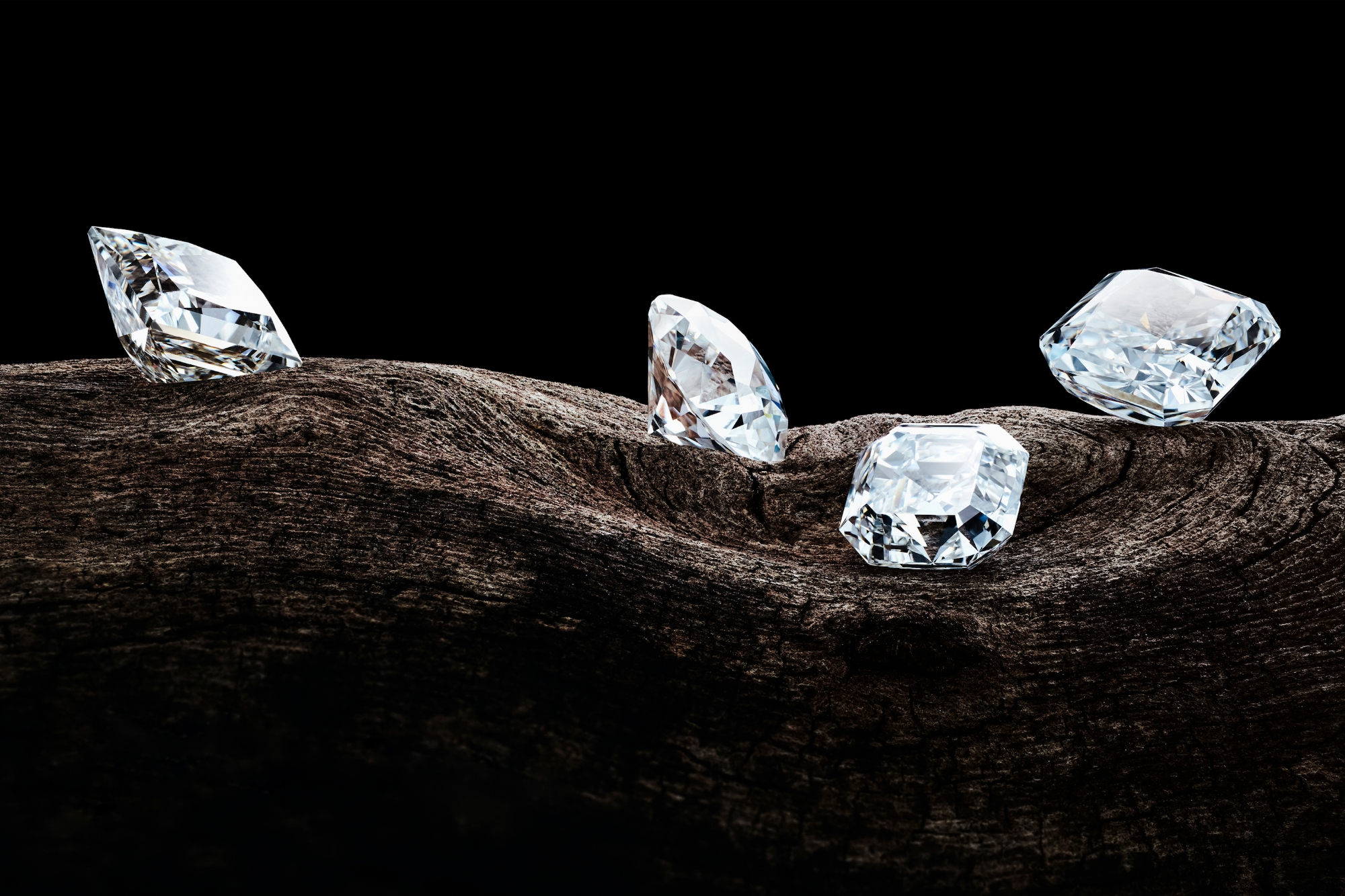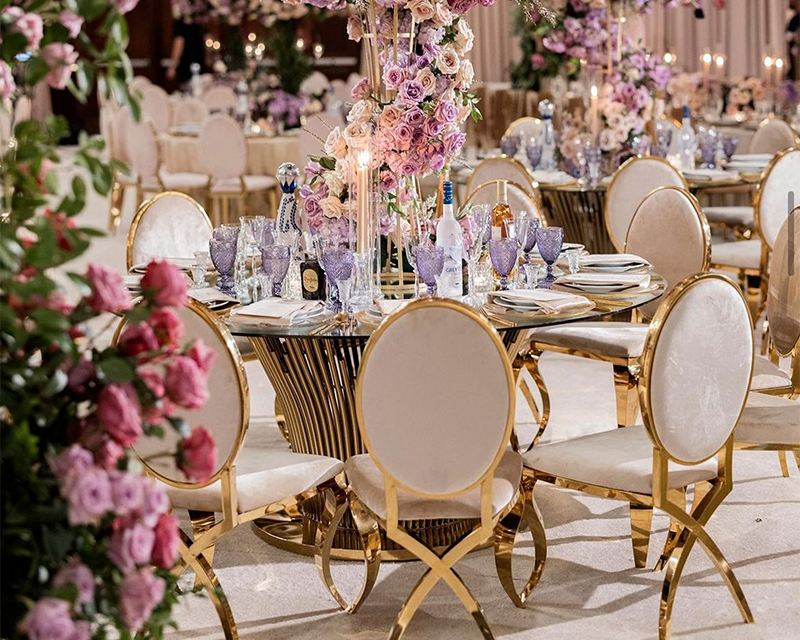
Lab grown diamonds, also known as synthetic or cultured diamonds, are reshaping the landscape of traditional engagement practices. These gems, created in laboratories using advanced technology, are chemically, physically, and optically identical to natural diamonds. However, their unique origin story sets them apart, sparking a growing interest among modern couples who value sustainability, affordability, and ethical sourcing. As a result, lab diamonds are transforming not only how we perceive engagement rings but also the traditions associated with them.
One of the most significant ways lab grown diamonds are making an impact is by addressing ethical concerns tied to the diamond mining industry. Natural diamond mining has long been associated with environmental degradation, human rights violations, and conflict funding. Lab diamonds, on the other hand, are cultivated in controlled environments, eliminating the need for mining and the negative consequences it entails. This ethical advantage appeals to socially conscious individuals who want their engagement rings to reflect their values.
Sustainability is another critical factor driving the popularity of lab diamonds. Mining natural diamonds is resource-intensive, often leading to deforestation, habitat destruction, and carbon emissions. In contrast, lab grown diamonds require significantly less energy and leave a smaller environmental footprint. Some manufacturers have even adopted renewable energy sources to further reduce their impact. This commitment to sustainability aligns with the growing global emphasis on eco-friendly practices, making lab diamonds a preferred choice for couples who prioritize environmental responsibility.
Affordability is yet another reason why lab grown diamonds are gaining traction. These gems typically cost 30% to 50% less than their natural counterparts, making them an attractive option for couples seeking high-quality diamonds without breaking the bank. The cost savings can be redirected toward other priorities, such as wedding expenses, travel, or investments in the future. By making diamonds more accessible, lab-grown options are democratizing luxury and challenging the notion that high quality must come at a steep price.
In addition to their ethical, sustainable, and financial benefits, lab diamonds offer unparalleled customization opportunities. Because they are created in a controlled environment, they can be tailored to meet specific size, color, and clarity preferences. This level of personalization allows couples to design unique engagement rings that perfectly match their tastes and style. Furthermore, the ability to produce diamonds on demand means that rare and exotic colors, such as blue, pink, or yellow, are more readily available and affordable compared to their mined counterparts.
The rise of lab grown diamonds is also influencing the cultural narrative surrounding engagement traditions. Historically, the diamond engagement ring was popularized by a successful marketing campaign that equated love and commitment with a mined diamond. Today, younger generations are challenging this narrative by embracing alternatives that align with their values and lifestyles. For many, the decision to choose a lab diamond reflects a broader shift toward thoughtful consumption and a rejection of outdated norms.
Social media has played a significant role in amplifying the appeal of lab diamonds. Platforms like Instagram and Pinterest have become hubs for showcasing innovative and ethically sourced jewelry designs. Influencers and celebrities endorsing lab grown diamonds have further propelled their popularity, normalizing them as a viable and desirable choice for engagement rings. This visibility has helped debunk myths and misconceptions, such as the idea that lab diamonds are inferior to natural ones.
Jewelry retailers are also adapting to this shift in consumer preferences. Many now offer extensive collections of lab-grown diamond jewelry, providing customers with a wide range of options. Some luxury brands have even embraced lab diamonds, incorporating them into high-end designs that rival traditional offerings. This mainstream acceptance underscores the growing recognition of lab grown diamonds as a legitimate and enduring part of the jewelry industry.
As lab diamonds continue to gain acceptance, they are likely to inspire further innovation within the jewelry sector. For instance, advancements in diamond-growing technology could lead to even greater efficiencies, reducing costs and environmental impact. Additionally, the increased demand for lab-grown diamonds may encourage the development of new styles and designs that cater to diverse tastes and preferences.
The transformation of engagement traditions is not limited to the choice of gemstone. Lab-grown diamonds are part of a broader movement toward reimagining what engagement and marriage represent. For many couples, the focus is shifting from adhering to conventional expectations to celebrating individuality and authenticity. This redefinition of traditions is empowering people to make choices that resonate with their unique stories and values.
In conclusion, lab grown diamonds are revolutionizing the way we approach engagement traditions. Their ethical production, sustainability, affordability, and customization options make them an appealing alternative to mined diamonds. By challenging established norms and encouraging thoughtful consumption, lab diamonds are paving the way for a more inclusive and responsible jewelry industry.




